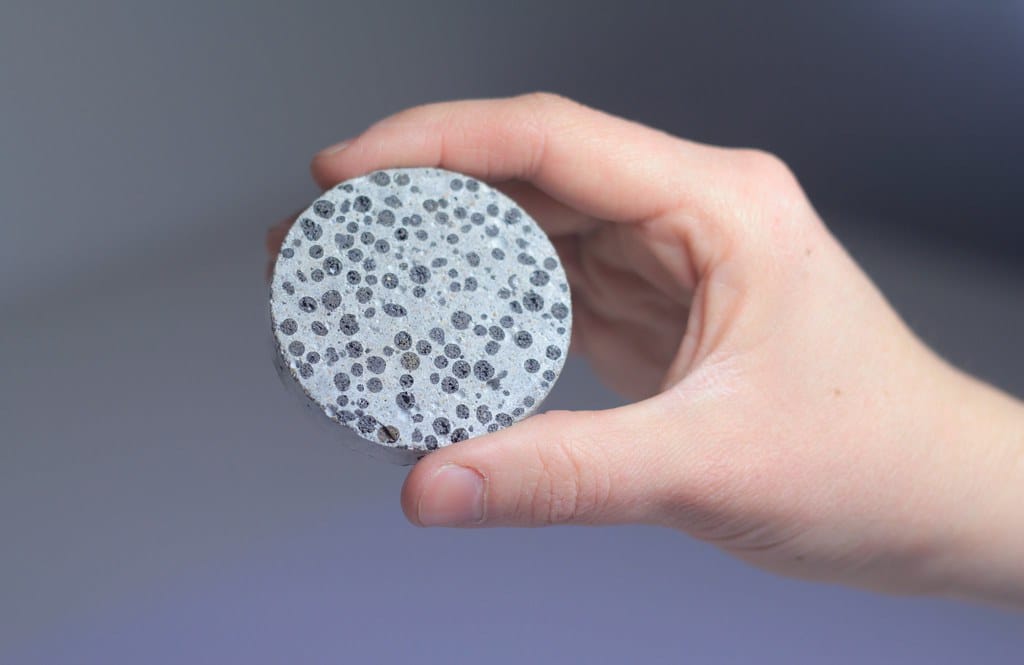Scientists Develop Revolutionary Self-Healing Material That Stretches 46 Times Its Size
A breakthrough in materials science has produced an organogel that can stretch to an extraordinary 46 times its original size while maintaining its structural integrity—and when damaged, it can completely heal itself within hours. This remarkable discovery could revolutionize everything from medical implants to flexible electronics and aerospace applications.
The Science Behind the Super-Stretchy Material
Researchers at the University of Cambridge have created what they're calling a "smart organogel" by combining polymer networks with liquid crystals in an innovative molecular structure. The material's secret lies in its unique cross-linking system that allows polymer chains to slide past each other under stress while maintaining cohesion.
The organogel demonstrates three key properties that make it exceptional: extreme stretchability (reaching 4,600% elongation), complete self-healing capabilities within 2-6 hours at room temperature, and dynamic color changes that indicate stress levels and structural integrity.
"What makes this material truly special is how it mimics biological tissues," explains Dr. Sarah Chen, lead researcher on the project. "Like human skin, it can stretch significantly, heal from damage, and even provide visual feedback about its condition through color changes."
Real-World Applications on the Horizon
Medical Breakthroughs
The medical implications are perhaps the most exciting. Traditional medical implants often fail due to mechanical mismatch with surrounding tissues. This new organogel could enable:
- Flexible joint replacements that move naturally with the body
- Self-repairing surgical patches that adapt to organ movement
- Drug delivery systems that respond to physiological changes
- Artificial blood vessels that can handle the constant pressure variations of circulation
Electronics Revolution
The electronics industry has long sought materials that combine durability with flexibility. This organogel could enable:
- Foldable displays that truly bend without breaking
- Wearable sensors that stretch with human movement
- Self-repairing circuits in harsh environments
- Flexible batteries that maintain performance while deformed
Aerospace and Infrastructure
The material's self-healing properties make it particularly valuable for applications where maintenance is difficult or impossible:
- Spacecraft components that repair micrometeorite damage
- Wind turbine blades that heal stress fractures
- Building facades that respond to weather-induced expansion
The Color-Changing Advantage
One of the most innovative features is the material's ability to change color based on mechanical stress and damage. The organogel shifts from blue to red as it stretches, providing real-time visual feedback about structural integrity. This chromatic response system could eliminate the need for complex monitoring equipment in many applications.
The color changes occur because the liquid crystal components realign under stress, altering how they interact with light. When the material heals, the original color returns, confirming structural recovery.
Overcoming Traditional Material Limitations
Conventional materials typically force engineers to choose between strength, flexibility, and durability. Rubber is stretchy but not self-healing. Metals are strong but inflexible. Plastics can be molded but often break permanently.
This organogel represents a paradigm shift by combining multiple desirable properties in a single material. Laboratory tests show it can undergo thousands of stretch-and-release cycles while maintaining its self-healing capacity.
The healing process works through dynamic molecular bonds that can break and reform. When the material is damaged, these bonds naturally reconnect as the polymer chains migrate back into position—no external energy or catalysts required.
Challenges and Future Development
While promising, the material currently faces some limitations. Production costs remain high, and the organogel's performance at extreme temperatures needs improvement. Researchers are also working to enhance healing speed and develop versions optimized for specific applications.
The team expects commercial applications to emerge within 5-7 years, starting with high-value medical devices where the material's unique properties justify initial cost premiums.
The Future of Smart Materials
This organogel represents more than just another advanced material—it signals a new era of "living" synthetic substances that respond, adapt, and repair themselves. As our technology becomes increasingly complex and integrated into biological systems, materials that can match the sophistication of natural tissues become essential.
The implications extend beyond individual applications to entire design philosophies. When materials can heal themselves and provide diagnostic feedback, we can create systems that are truly sustainable and resilient. This breakthrough moves us closer to a future where our synthetic materials are as adaptable and robust as the natural world that inspired them.
